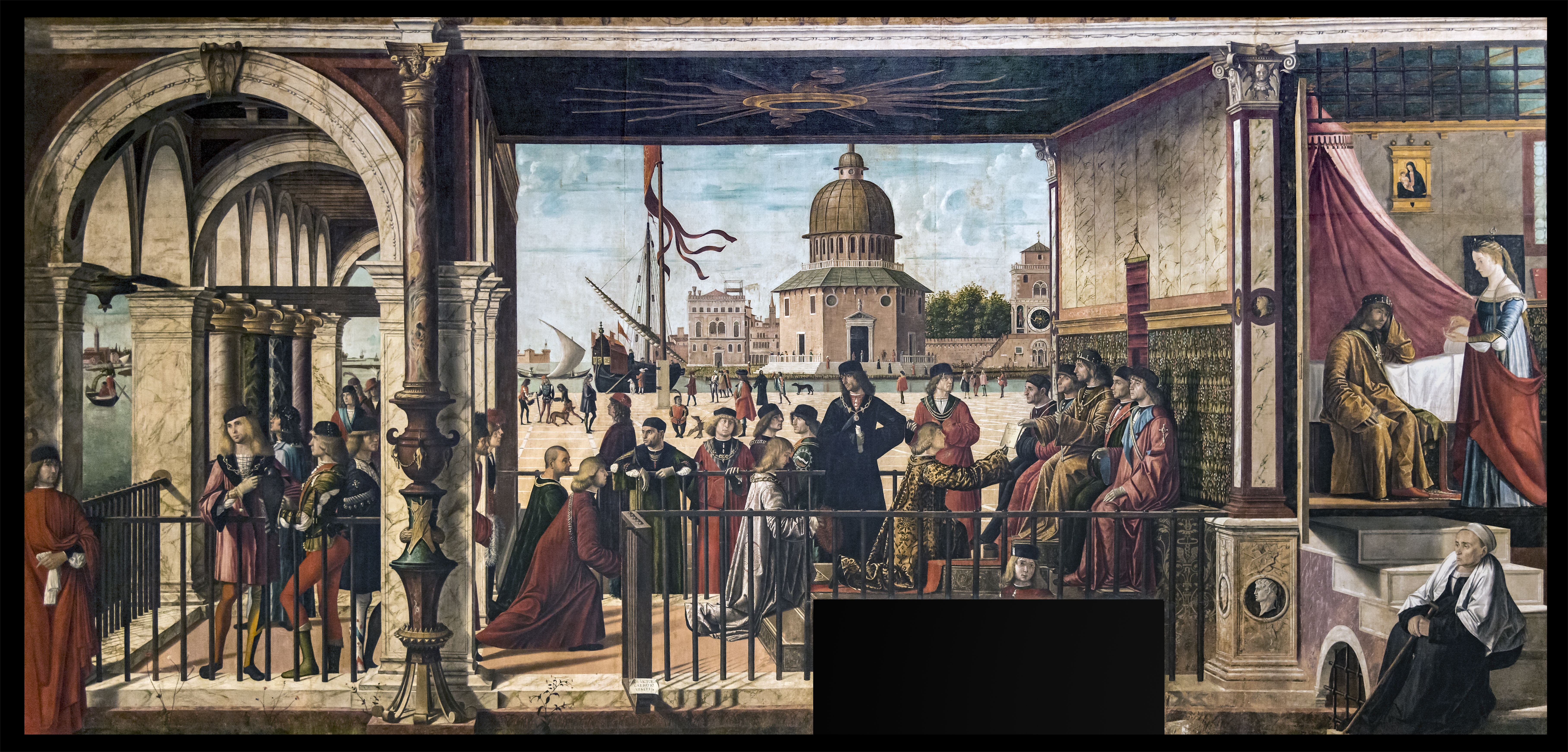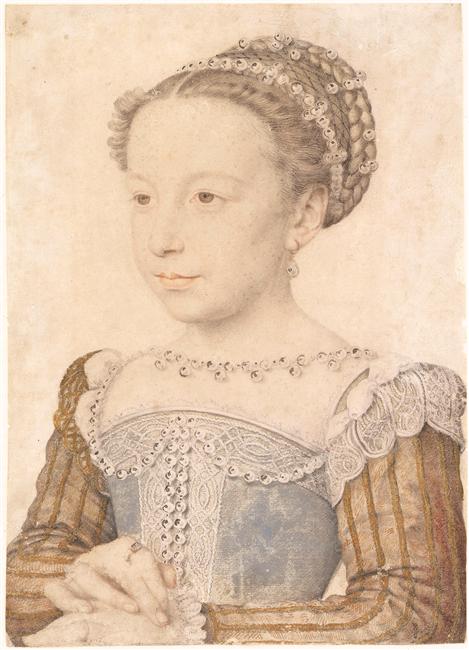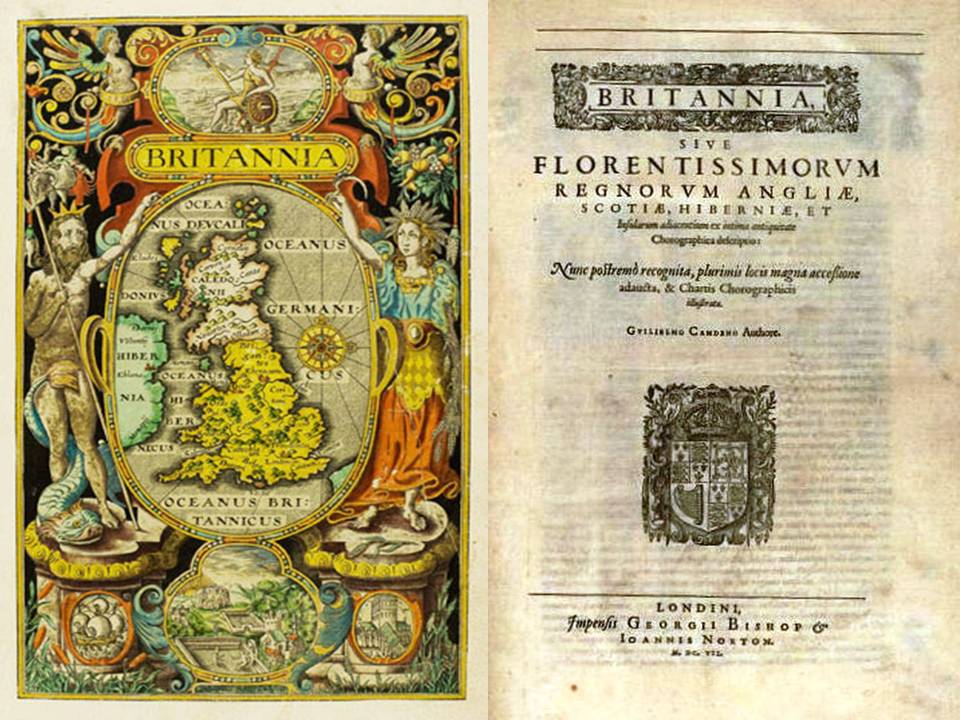|
Michel De Sèvre
Michel de Sèvre or de Seurre (active 1539–1593) was a member of the Knights Hospitaller, a French courtier and diplomat, and Grand Master of the Order of Saint Lazarus from 1564 to 1578 and from 1586 to 1593. Early life Michel de Sèvre was born in Lumigny-en-Brie, the son of Antoine de Sèvre, lord of Ville-du-Bois in the parish of Lumigny, and of Louise de Verdelot, daughter of Georges de Verdelot, lord of Prèz, and Catherine de Sailly, lady of Mersan. On 11 June 1539 he entered the Knights Hospitaller in the Grand Priory of France. Career De Sèvre and Nicolas de Villegagnon commanded the fleet that brought Mary, Queen of Scots from Dumbarton Castle to France in July 1548. In 1560, de Sèvre was Ordinary Gentleman of the King's Chamber, King's Chamberlain, Counselor in his Privy Council and captain of fifty men-at-arms. In March, he was sent to the court of Queen Elizabeth I of England as ambassador of King Francis II of France. He wrote to Mary of Guise in Scotland abou ... [...More Info...] [...Related Items...] OR: [Wikipedia] [Google] [Baidu] |
Knights Hospitaller
The Order of Knights of the Hospital of Saint John of Jerusalem, commonly known as the Knights Hospitaller (), is a Catholic military order. It was founded in the crusader Kingdom of Jerusalem in the 12th century and had headquarters there until 1291, thereafter being based in Kolossi Castle in Cyprus (1302–1310), the island of Rhodes (1310–1522), Malta (1530–1798), and Saint Petersburg (1799–1801). The Hospitallers arose in the early 12th century at the height of the Cluniac movement, a reformist movement within the Benedictine monastic order that sought to strengthen religious devotion and charity for the poor. Earlier in the 11th century, merchants from Amalfi founded a hospital in Jerusalem dedicated to John the Baptist where Benedictine monks cared for sick, poor, or injured Christian pilgrims to the Holy Land. Blessed Gerard, a lay brother of the Benedictine order, became its head when it was established. After the Christian conquest of Jerusalem in 1099 ... [...More Info...] [...Related Items...] OR: [Wikipedia] [Google] [Baidu] |
Nicolas De Pellevé
Nicolas de Pellevé (18 October 1518 – 24 March 1594) was a French archbishop and Cardinal. He was a major figure of the Catholic League. Early life Nicolas de Pellevé, the second son of Charles de Pellevé, Sieur de Jouy and Hélène du Fay, was born on 18 October 1518. His brother Robert was Bishop of Pamiers (1553-1579). He obtained the degree of Doctor of Laws from the University of Bourges. With a law degree he obtained an appointment as Councillor of the Parliament of Paris. He then became Master of Requests. He enjoyed the benefice of the Abbey of S. Corneille de Compiègne from 1550 to June 1552, when he was promoted to the Episcopacy. Episcopacy He was a courtier of Henry II of France (died 10 July 1559), and then of the Cardinal de Lorraine, Charles de Guise (died 26 December 1574). He was named bishop of Amiens in 1552 by Henri II, with the patronage of Cardinal Charles de Lorraine-Guise. King Henri died on 10 July 1559. But Bishop Nicolas continued ... [...More Info...] [...Related Items...] OR: [Wikipedia] [Google] [Baidu] |
16th-century French Diplomats
The 16th century began with the Julian year 1501 (represented by the Roman numerals MDI) and ended with either the Julian or the Gregorian year 1600 (MDC), depending on the reckoning used (the Gregorian calendar introduced a lapse of 10 days in October 1582). The Renaissance in Italy and Europe saw the emergence of important artists, authors and scientists, and led to the foundation of important subjects which include accounting and political science. Copernicus proposed the heliocentric universe, which was met with strong resistance, and Tycho Brahe refuted the theory of celestial spheres through observational measurement of the 1572 appearance of a Milky Way supernova. These events directly challenged the long-held notion of an immutable universe supported by Ptolemy and Aristotle, and led to major revolutions in astronomy and science. Galileo Galilei became a champion of the new sciences, invented the first thermometer and made substantial contributions in the fields of phy ... [...More Info...] [...Related Items...] OR: [Wikipedia] [Google] [Baidu] |
Ambassadors Of France To The Kingdom Of England
An ambassador is an official envoy, especially a high-ranking diplomat who represents a state and is usually accredited to another sovereign state or to an international organization as the resident representative of their own government or sovereign or appointed for a special and often temporary diplomatic assignment. The word is also used informally for people who are known, without national appointment, to represent certain professions, activities, and fields of endeavor, such as sales. An ambassador is the ranking government representative stationed in a foreign capital or country. The host country typically allows the ambassador control of specific territory called an embassy (which may include an official residence and an office, chancery, located together or separately, generally in the host nation's capital), whose territory, staff, and vehicles are generally afforded diplomatic immunity in the host country. Under the Vienna Convention on Diplomatic Relations, an ambass ... [...More Info...] [...Related Items...] OR: [Wikipedia] [Google] [Baidu] |
People Of The Tudor Period
The term "the people" refers to the public or common mass of people of a polity. As such it is a concept of human rights law, international law as well as constitutional law, particularly used for claims of popular sovereignty. In contrast, a people is any plurality of persons considered as a whole. Used in politics and law, the term "a people" refers to the collective or community of an ethnic group or nation. Concepts Legal Chapter One, Article One of the Charter of the United Nations states that "peoples" have the right to self-determination. Though the mere status as peoples and the right to self-determination, as for example in the case of Indigenous peoples (''peoples'', as in all groups of indigenous people, not merely all indigenous persons as in ''indigenous people''), does not automatically provide for independent sovereignty and therefore secession. Indeed, judge Ivor Jennings identified the inherent problems in the right of "peoples" to self-determination, ... [...More Info...] [...Related Items...] OR: [Wikipedia] [Google] [Baidu] |
Pierre De L'Estoile
Pierre de L'Estoile (1546 – 8 October 1611) was a French diarist and collector. Life Born in Paris into a middle-class background, Pierre de l'Estoile was tutored by Mathieu Béroalde. He knew Agrippa d'Aubigné. He became a law student at Bourges (1565). He became a Civil law notary, notary, and royal secretary. He spent time in prison in 1589, being taken for one of the supporters of the ''politiques''. He died in Paris in 1611. Works The manuscript diaries of Pierre de L'Estoile (1546–1611) were deposited in the library of the Abbey of Saint-Acheul by his descendant Pierre Poussemthe de L'Estoile when he died in 1718. Pierre Poussemthe de L'Estoile was the abbot of Saint Acheul. The bookseller Pierre Mongie took possession of L'Estoile's manuscripts after the abbey was dissolved, and they were later acquired by the Royal library. The diaries were used as sources for various historical works on the period of Henry III of France, Henry III and Henry IV of France. The ' ... [...More Info...] [...Related Items...] OR: [Wikipedia] [Google] [Baidu] |
Henry III Of France
Henry III (; ; ; 19 September 1551 – 2 August 1589) was King of France from 1574 until his assassination in 1589, as well as King of Poland and Grand Duke of Lithuania from 1573 to 1575. As the fourth son of King Henry II of France, he was not expected to inherit the French throne and thus was a good candidate for the vacant throne of the Polish–Lithuanian Commonwealth, where he was elected monarch in 1573. During his brief rule, he signed the Henrician Articles into law, recognizing the szlachta's right to freely elect their monarch. Aged 22, Henry abandoned Poland–Lithuania upon inheriting the French throne when his brother, Charles IX, died without issue. France was at the time plagued by the Wars of Religion, and Henry's authority was undermined by violent political factions funded by foreign powers: the Catholic League (supported by Spain and the Pope), the Protestant Huguenots (supported by England and the Dutch) and the Malcontents (led by Henry's own ... [...More Info...] [...Related Items...] OR: [Wikipedia] [Google] [Baidu] |
Margaret Of Valois
Margaret of Valois (, 14 May 1553 – 27 March 1615), popularly known as , was List of Navarrese royal consorts, Queen of Navarre from 1572 to 1599 and Queen of France from 1589 to 1599 as the consort of Henry IV of France and III of Navarre. Margaret was the daughter of King Henry II of France and Catherine de' Medici and the sister of Kings Francis II of France, Francis II, Charles IX of France, Charles IX and Henry III of France, Henry III. Her union with Henry of Navarre, intended to contribute to the reconciliation of Catholics and Huguenots in France, was tarnished six days after the marriage ceremony by the St Bartholomew's Day massacre and the resumption of the French Wars of Religion. In the conflict between Henry III of France and the Malcontents (France), Malcontents, she took the side of Francis, Duke of Anjou, her younger brother, which caused Henry to have a deep aversion towards her. As Queen of Navarre, Margaret also played a pacifying role in the stormy relations ... [...More Info...] [...Related Items...] OR: [Wikipedia] [Google] [Baidu] |
Charles IX Of France
Charles IX (Charles Maximilien; 27 June 1550 – 30 May 1574) was List of French monarchs, King of France from 1560 until his death in 1574. He ascended the French throne upon the death of his brother Francis II of France, Francis II in 1560, and as such was the penultimate monarch of the House of Valois. Charles' reign saw the culmination of decades of tension between Protestants and Catholics. French Wars of Religion, Civil and religious war broke out between the two parties after the massacre of Vassy in 1562. In 1572, following several unsuccessful attempts at brokering peace, Charles Arranged marriage, arranged the marriage of his sister Margaret of Valois, Margaret to Henry IV of France, Henry of Navarre, a major Protestant nobleman in the line of succession to the French throne, in a last desperate bid to reconcile his people. Facing popular hostility against this policy of appeasement and at the instigation of his mother Catherine de' Medici, Charles oversaw the massacre ... [...More Info...] [...Related Items...] OR: [Wikipedia] [Google] [Baidu] |
Jacques Auguste De Thou
Jacques Auguste de Thou (sometimes known by the Latin version of his name Thuanus) (8 October 1553, Paris – 7 May 1617, Paris) was a French historian, book collector and president of the Parlement of Paris. Life Jacques Auguste de Thou was the grandson of , president of the Parlement of Paris (d. 1544), and the third son of Christophe de Thou (d. 1582), '' premier président'' of the same ''parlement'', who had had ambitions to produce a history of France. His uncle was Nicolas de Thou, Bishop of Chartres (1573–1598). With this family background, he developed a love of literature, a firm but tolerant piety, and a loyalty to the Crown. At seventeen, he began his studies in law, first at Orléans, later at Bourges, where he made the acquaintance of François Hotman, and finally at Valence, where he had Jacques Cujas for his teacher and Joseph Justus Scaliger as a friend. He was at first intended for the Church; he received the minor orders, and on the appointment of ... [...More Info...] [...Related Items...] OR: [Wikipedia] [Google] [Baidu] |
William Camden
William Camden (2 May 1551 – 9 November 1623) was an English antiquarian, historian, topographer, and herald, best known as author of ''Britannia'', the first chorographical survey of the islands of Great Britain and Ireland that relates landscape, geography, antiquarianism, and history, and the ''Annales'', the first detailed historical account of the reign of Elizabeth I of England. Early years William Camden was born in London. His father Sampson Camden was a member of The Worshipful Company of Painter-Stainers. He attended Christ's Hospital and St Paul's School, and in 1566 entered Oxford ( Magdalen College, Broadgates Hall, and finally Christ Church). At Christ Church, he became acquainted with Philip Sidney, who encouraged Camden's antiquarian interests. He returned to London in 1571 without a degree. In 1575, he became Usher of Westminster School, a position that gave him the freedom to travel and pursue his antiquarian researches during school vacations. ''Br ... [...More Info...] [...Related Items...] OR: [Wikipedia] [Google] [Baidu] |
Treaty Of Edinburgh
The Treaty of Edinburgh (also known as the Treaty of Leith) was a treaty drawn up on 5 July 1560 between the Commissioners of Queen Elizabeth I of England with the assent of the Scottish Lords of the Congregation, and the French representatives of King Francis II of France (husband of Mary Queen of Scots) to formally conclude the siege of Leith and replace the Auld Alliance with France with a new Anglo-Scottish accord, while maintaining the peace between England and France agreed by the Treaty of Cateau-Cambrésis. French and English troops in Scotland The rule of Mary of Guise in Scotland was supported by French troops. Scottish Protestants challenged her rule in the Scottish Reformation, Reformation Crisis. During the ensuing Siege of Leith, French troops fortified the port and town of Leith against an English and Scottish Protestant force. The English army was invited into Scotland by the Treaty of Berwick (1560), Treaty of Berwick made by the Lords of the Congregation. The tr ... [...More Info...] [...Related Items...] OR: [Wikipedia] [Google] [Baidu] |






